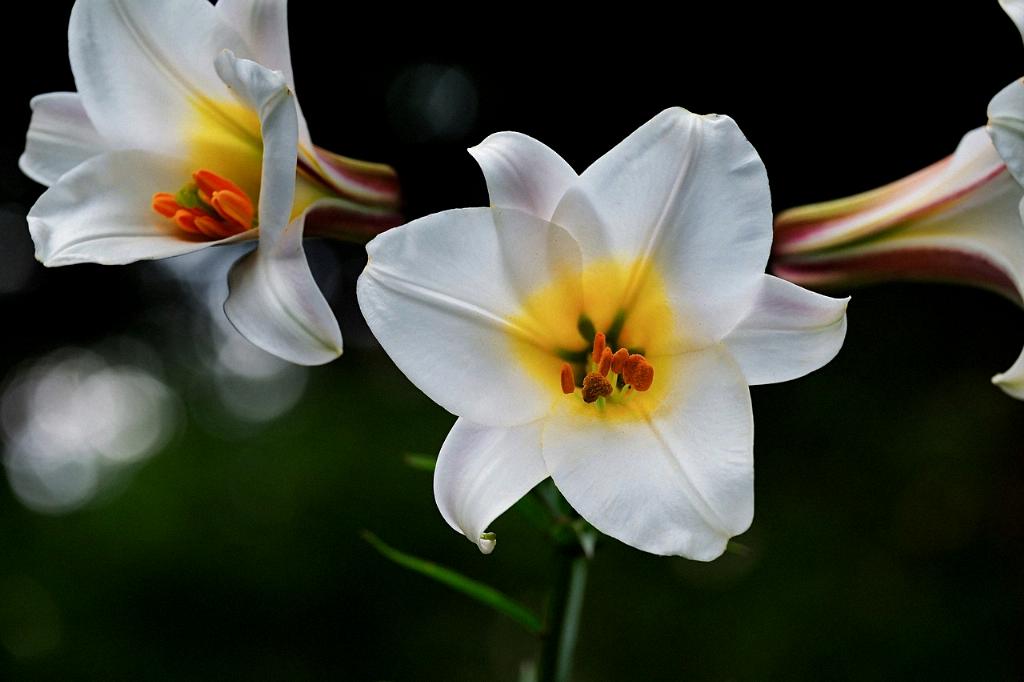Pruning plays a crucial role in the maintenance of lilies, allowing them to thrive and bloom vibrantly. Understanding when to trim lilies is essential to ensure the health and longevity of these beautiful flowers. By following the correct trimming schedule and techniques, you can support the growth and development of your lilies throughout the seasons.
Importance of Trimming Lilies
Proper trimming of lilies is vital for several reasons. Firstly, it helps to maintain the overall health of the plant by removing dead or decaying foliage. Trimming also encourages new growth and prevents the spread of diseases or pests that may affect the lilies. Additionally, timely pruning can enhance the aesthetic appeal of the garden by promoting abundant blooms and tidy plant appearance.
Benefits of Proper Trimming Techniques
Implementing the right trimming techniques can offer numerous benefits to your lilies. By removing old foliage, you create space for new shoots to emerge, resulting in healthier and more vigorous growth. Proper pruning also allows for better air circulation around the plant, reducing the risk of fungal infections and promoting overall plant resilience.
When is the Best Time to Trim Lilies?
The timing of lily trimming is crucial to ensure optimal results. Trimming should ideally be done in the fall or early spring when the foliage has turned completely brown and wilted. It is essential to wait until this stage to allow the bulb to store enough energy for the winter months. Trimming lilies too early can deprive the bulb of vital nutrients and weaken its growth potential.
Understanding the Growth Cycle of Lilies
Lilies have a distinct growth cycle, with different stages requiring specific care. By familiarizing yourself with the growth patterns of lilies, you can determine the right time for trimming. Observing the foliage closely will help you identify when the plant is ready for pruning, ensuring that you do not disrupt its natural development.
Factors to Consider Before Trimming
Before embarking on the lily trimming process, there are several factors to consider. The health of the plant, weather conditions, and the presence of any diseases or pests should all be taken into account. It is advisable to inspect the lilies carefully before trimming to address any issues that may affect the pruning outcome.
How to Trim Lilies Correctly
To trim lilies effectively, you will need the right tools and a step-by-step approach. Pruning shears or scissors are commonly used for trimming lilies, ensuring clean cuts that promote quick healing. When trimming, cut the top growth all the way to the ground, removing any dead or yellowing leaves. Following a systematic guide to lily trimming will help you achieve the desired results safely and efficiently.
Common Mistakes to Avoid When Trimming Lilies
While trimming lilies, it is essential to avoid common mistakes that may harm the plant. Over-pruning can weaken the lily’s growth and inhibit blooming, so it is crucial to trim only the necessary foliage. Additionally, timing is key when it comes to lily trimming, as cutting too early or too late can impact the plant’s overall health and vitality.
Additional Tips for Maintaining Healthy Lilies
In addition to trimming, there are several other factors to consider in maintaining healthy lilies. Proper soil preparation and fertilization can provide essential nutrients for lily growth, while preventing pests and diseases is crucial for plant longevity. Regular monitoring and care will help you ensure that your lilies remain healthy and vibrant throughout the growing season.
In conclusion, knowing when to trim lilies is a fundamental aspect of lily care that can significantly impact the plant’s well-being. By following the right timing and techniques for trimming, you can support the growth and blooming of your lilies, creating a beautiful and thriving garden display.

